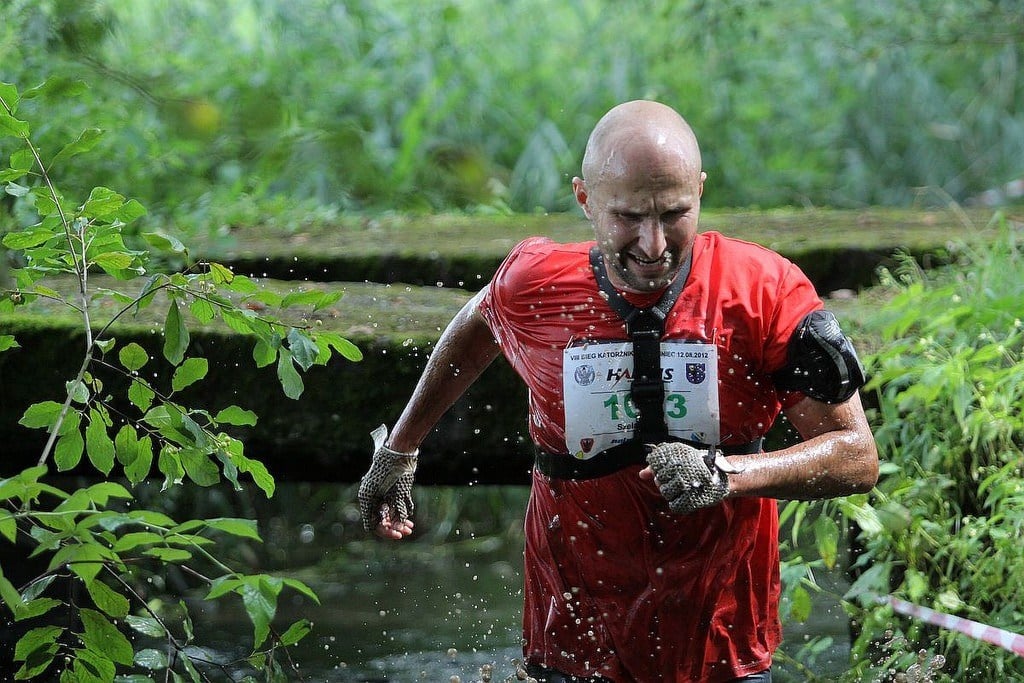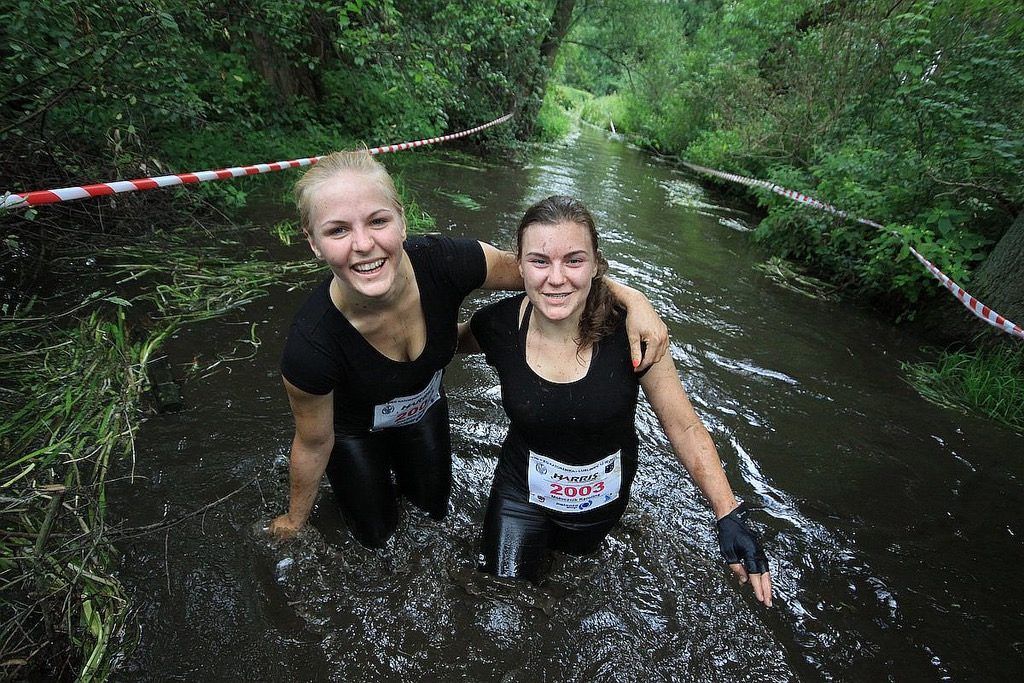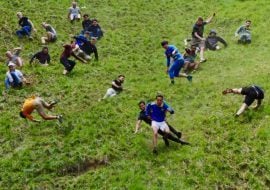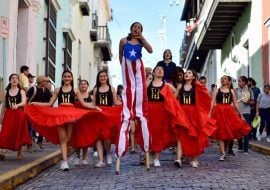Do your first adventure race


How to plan your first adventure race
Have your typical running routes, biking paths, or paddling excursions gotten a little dull? Finished a marathon or century ride and looking for something a little more adventurous? Got some sporty and rough-and-tumble friends? If so, you might want to put your skills to the test in your first adventure race.
The increasingly popular competition format involves a combination of fitness and outdoor skills: cross-country or trail running, mountain biking, and often paddling (canoes or kayaks) are combined in a team-based competition. The competitive format varies widely, from two to six-hour “sprint” races in fairly accessible locations to multi-day excursions into the wilderness.
Amassing points in an adventure race involves navigating to checkpoints using a map and compass. The race will be divided into stages requiring different modes of transportation. Running/hiking, mountain biking, and paddling are the most common, but don’t be surprised if you find a race that also demands rock climbing and rappelling, rafting, or other non-motorized means of travel.
Sounds daunting, doesn’t it? Well, that’s part of the fun. For all but the most competitive teams, just finishing an adventure race is the main goal. Here’s what you need to do to get ready for your first adventure race.
1. Find a race
This might seem like a no-brainer, but the demands of the race you sign up for will dictate how you prepare. Unlike running or cycling, where you can sign up for a race whenever you’re ready, you’ll want to plan out your first adventure race months in advance. Make sure you’re not in over your head—doing a sprint distance adventure race that involves only three to eight miles of travel by foot, by bike, and by boat is a good place to start. The USARA has a great calendar that you can use to find a race near you (or far away, if you want to make a trip out of it!).

Photo credit Rick McCharles
2. Find some friends
Almost all adventure races are team-based competitions, and finishing your first one with friends is going to be much more fun that going it alone. You’re more likely to be successful if one of your teammates is a seasoned adventure race veteran, but bumbling through an adventure race with fellow first-timers can be fun, too.
You should have at least a few team training sessions where you practice navigating, paddling, knot-tying, and any other essential skills together. It’s vital that everyone on the team is ready for the challenges of the race, and that your team knows how to work together.

Work as a team. Photo credit: Ministry of Foreign Affairs of the Republic of Poland
3. Get some gear
Before you go on a shopping spree, check out the required, recommended, and forbidden gear for your chosen race. While a lot of adventure races involve paddling, the race organizers will often (but not always) provide the canoes or kayaks. You might be responsible for bringing your own paddle, life jacket, and helmet—or you might not. Double-check the gear list!
Pay special attention to the items on the banned list (for instance, the Savage Race Dallas bans shoes with metal cleats). You don’t want to miss out on a race because you have brought banned equipment.
It’s also a smart idea to check out some blog posts or YouTube videos from experienced adventure racers so you have an idea of what kinds of brands and features to look for in your equipment. If you learn from other people’s mistakes, at least you’ll be making different ones.

Navigating the route on your first adventure race. Photo Credit: Rick McCharles
4. Get out and practice
Even with the best gear and the most tenacious team, you won’t get very far unless you’ve racked up some experience. So, grab a map and compass, head out to your local state park, and get started! In all likelihood, you’ll need to be able to take a bearing, follow a route, find a checkpoint, paddle a canoe, fix a flat tire, and much more.
Before race day, make sure you and your teammates are familiar with your gear and have practiced the skills you’ll need. Despite that, you’re sure to run into unexpected problems—but hey, that’s what makes it an adventure!
For some inspiration check out the video below from the Adventure Racing World Series:
Related: Rad Season Bucket List 3 – Complete an Adventure Race
Last updated on Jun 15, 2019Have you subscribed to our Newsletter or Podcast? Listen to us on Apple Podcast and Spotify and follow us on Facebook, Instagram Twitter and YouTube.








